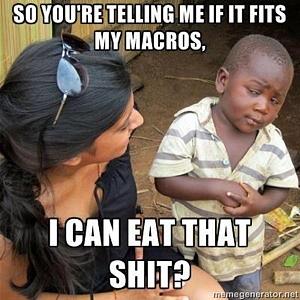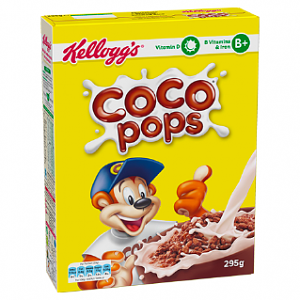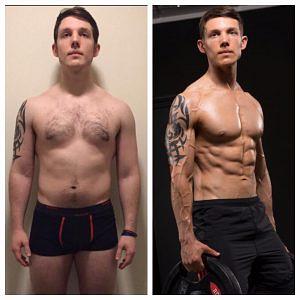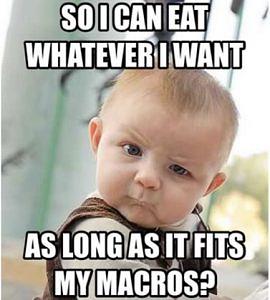
‘IIFYM’ & Muscle Building Applications
1. Post Workout Window

- Bagel and Jam: a very popular post workout meal!
- Any form of kid’s cereal with whey on top
- Soreen Malt Loaf
- Rice Krispies Squares
2. Cheat/Spike Meals

3. Living Life:
So What Are The Potential Drawbacks?

1. Micronutrient Deficiencies

- Collagen formation
- Strengthened connective tissue
- Protein synthesis
- Fighting inflammation
- Immune function
2. Gut Health & Digestion
3. Missing Complete Proteins / Protein Distribution
This is something vegetarians and vegans need to pay particular attention to, as it can be very easy to miss this if you’re not careful.
What they found was that muscle protein synthesis throughout the 7-day period was 25% higher in the group who distributed their protein intake, compared to the skewed protein group.

.jpg)
.png)
.jpg)